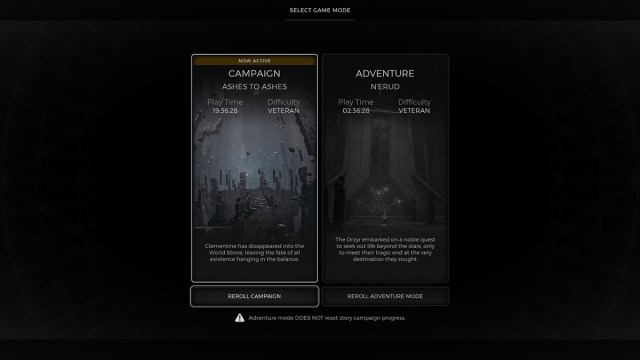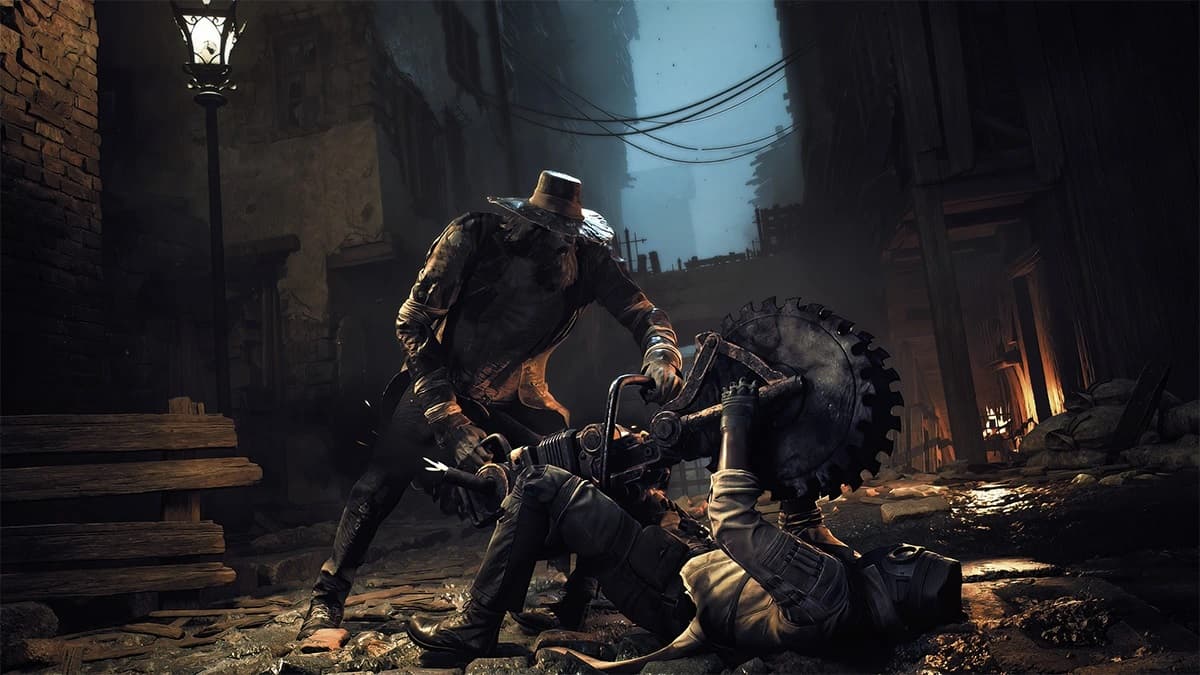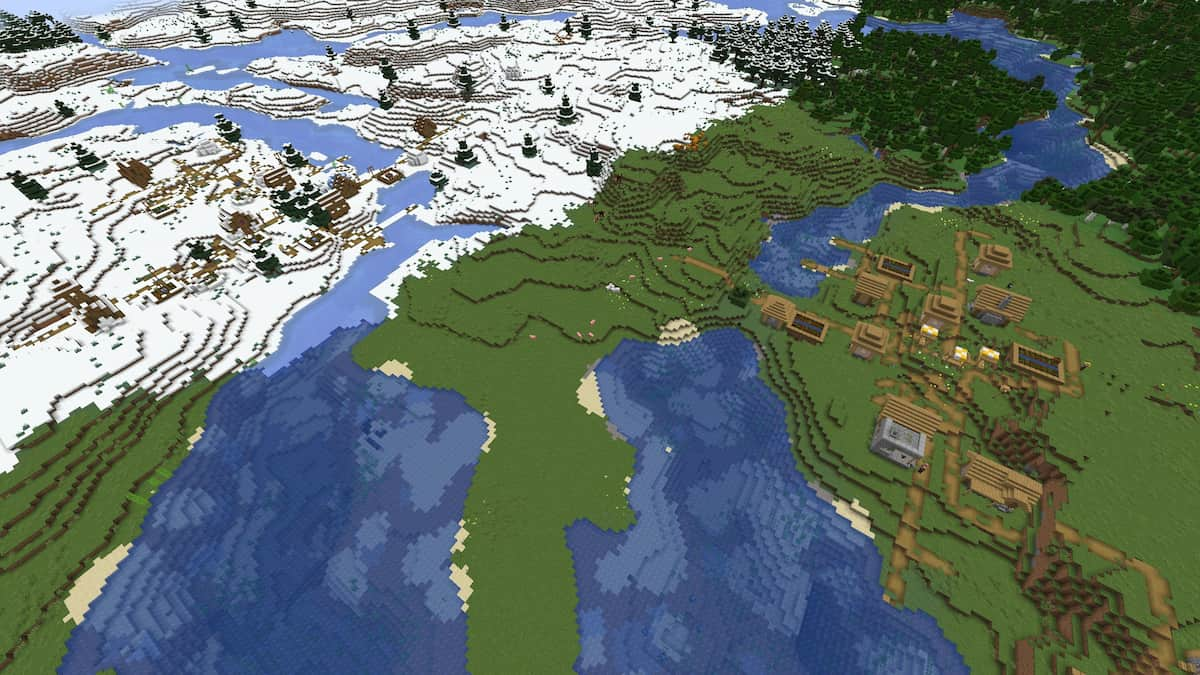Remnant 2 has four difficulty settings: Survivor, Veteran, Nightmare, and Apocalypse, though the fourth is locked until you complete at least one playthrough. And while you can choose Nightmare for your first world, neither Gunfire Games nor I recommend it (they even say so in the mode’s description). That said, no one is stopping you from banging your head against a wall or simply enjoying the experience at whatever challenge level you’d like. So which difficulty should you choose in Remnant 2?
Which Difficulty Should You Choose in Remnant 2?

The short answer to “which difficulty should you choose in Remnant 2” is relatively simple: choose Veteran. That’s the difficulty Gunfire Games recommends, offering a solid mix of challenge and reward. You’ll need some experience playing fast-paced shooters and be able to craft basic builds for the endgame to be tolerable, but if you’ve put a few years into other FPS or TPS titles (or anything Souls), you should be right at home on Veteran.
For those who come without a shooter background, Survivor is perfectly reasonable. It’s for those with knowledge but who don’t want to get punished quite so hard. Survivor is plenty challenging, and though you don’t get as much experience for defeating your foes, they’re not nearly as powerful, either, allowing you to explore and enjoy the gameplay relatively free of the game stomping on your face.
I can’t recommend Nightmare mode for a first playthrough or even a second, really. Enemies have triple the health, do more than triple the damage, and unless you have an itch to have your face ground into the dirt, this mode is one for endgame play. You’ll get much more experience and better Relic Fragments, for example, but it can be a slog if you’re not prepared.
How to Change Difficulty in Remnant 2

Remnant 2 doesn’t technically have dynamic difficulty modes. Instead, they’re world-based. At the start of a campaign run, you choose the difficulty you want to play, and everything remains at that level. The only way to change the difficulty is to reroll the campaign entirely, which you can only do by interacting with the Ward 13 World Stone.
- At the bottom of the world menu, you’ll see the World Settings menu.
- When you click on it, you’ll see your currently loaded campaign, and the slide should show the current difficulty.
- Below the campaign slide is a Reroll Campaign button, which allows you to alter the difficulty at the expense of resetting all your progress.
- You’ll keep all character progression; you’ll just need to play through all the worlds you’ve completed again.
How Adventure Mode and Campaign Scaling Work
Adventure is the second main gameplay mode, and it exists separately from your main campaign. Accessible from the Ward 13 World Stone, you earn the ability to start an Adventure after completing your first world, and creating one allows you to play a separate version of any world you’ve completed. Additionally, your progression and world-level scaling are agnostic to your campaign.
For instance, in my game, I have an Adventure up for N’Erud where the world starts at Level 11, but my campaign N’Erud begins at Level 1. Which worlds you have access to will differ from mine and other players, at least until you complete a first playthrough and unlock everything. You can even choose a different difficulty for your Adventure, letting you see how something like Veteran or Nightmare feels without losing your progress elsewhere.
As for difficulty scaling, Survivor is the baseline. There’s nothing less difficult, and everything goes up from there. On average, the other modes are:
- Veteran: Around 55% more difficult across enemy health and damage values, including trash mobs and bosses. You get an additional 15% experience in this mode.
- Nightmare: Around 300% more difficult across enemy health and damage values, with trash mobs doing more damage than bosses but bosses having more health. You get an additional 30% experience in this mode.
- Apocalypse: An average of 400% more difficult across enemy health and damage values, with mobs dealing more damage but bosses having more health. You get an additional 50% experience over Survivor in this mode.
What is the Small Number on the Minimap? Explained
If you haven’t noticed (I didn’t), at the top right corner of your minimap is a small number. That value indicates the relative level of enemies compared to your own. In most cases, when you enter a new area, it will be at or around your current level (both your equipped Archetypes combined). However, the later you get into the game, the less true this becomes. My final boss arena was Level 14 to my Level 10, but because I’m incredibly stubborn, I refused to level up and beat it at a four-level disadvantage. I don’t recommend it unless you enjoy being frustrated.
But that’s the answer to which difficulty you should choose in Remnant 2, as well as important information on changing the degree of the challenge, how Adventure plays into things, and what the heck those numbers on the minimap mean. For more, head over to our R2 guides hub, where we have tips and tricks for bosses like Mother Mind, as well as info on how to unlock secret classes like Engineer.







Published: Jul 24, 2023 01:59 pm